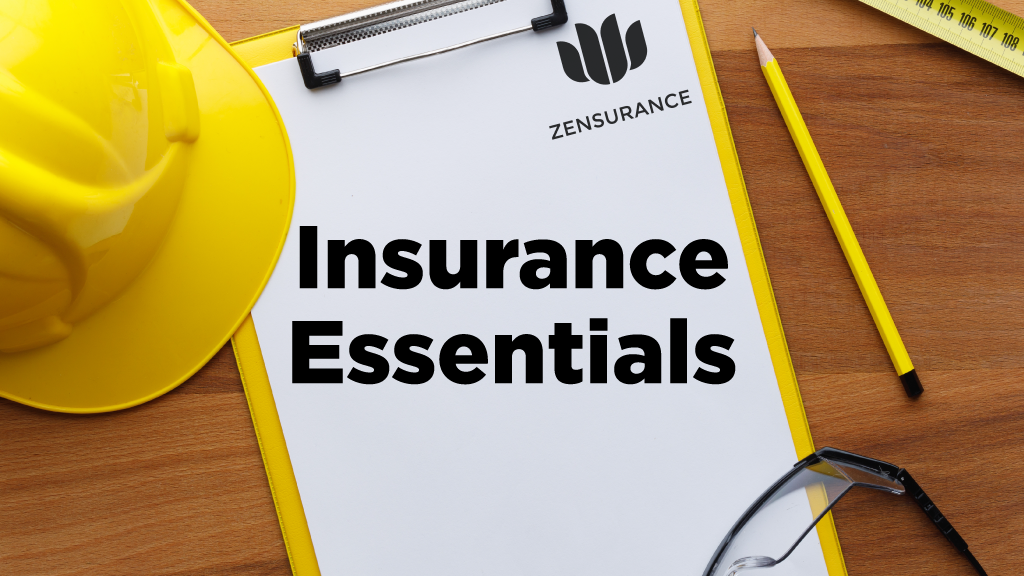How do you know what types of liability insurance and the coverage limits you need for your projects? Let’s explore what a policy might look like for contractors who need the bare essentials, those who need more robust policies because of their contracts, and those tackling big building jobs.
We’re in the peak season for the construction and homebuilding industry. But inflation, rising interest rates and general concerns about the economy are weighing on housing starts, which are expected to drop significantly in 2023 before recovering in 2024 and 2025, according to the Canada Mortgage and Housing Corporation.
Meanwhile, data from Randstad suggests the Canadian construction industry will record a compound annual growth rate of 8.5 per cent by 2024, making it worth an estimated US$354.9 billion.
So, there’s good news on the horizon for contractors in the construction and homebuilding industry as it’s poised for growth in the not-too-distant future. But it’s worth noting one mishap, incident, or error can quickly upend a project and have expensive consequences regardless of what’s happening in the economy.
As a contractor, no doubt you’re familiar with some form of contractor liability insurance, how it’s required for what you do, plays a crucial role in mitigating risks and provides financial protection against unexpected events.
But how do you know what types of coverage and the coverage limits you need?
You want comprehensive protection but also at an affordable cost.
Let’s consider what a policy might look like for three types of contractors or tradespeople:
- Those who need the bare minimum for small building or renovation projects.
- Contractors that require a more robust policy because of the contracts they sign.
- Builders and contractors tackling large or significant projects.
Three examples of contractor liability insurance policies
For contractors, renovation experts or handypeople doing residential property repairs or builds, and who may not have substantial assets to cover and aren’t required to have extensive coverage, a “bare bones” policy might include:
- General liability insurance to cover third-party bodily injury or property damage claims.
- Tools and equipment insurance to account for transportable tools if damaged, stolen or vandalized.
- Commercial auto insurance to pay for damages because of an incident involving your business vehicle.
- Commercial property insurance to protect your office, contents and inventory from losses because of fire, water damage, a natural disaster, theft or vandalism.
For contractors needing a more comprehensive policy because of the requirements of contracts they sign, and in addition to the above, they may also need:
- Builder’s risk insurance, or course of construction insurance, to protect jobsites affected by fire, flood, severe weather, theft or vandalism where work is still in progress.
- An installation floater to cover the raw materials being used while in transit, before they’re installed, or while being installed.
- Commercial umbrella liability insurance to cover general liability or commercial auto claims if their coverage limits are exhausted. It’s like an extra layer of protection for general liability and commercial auto insurance-related risks.
- Cyber liability insurance to help deal with the fallout of a cyber-attack or data breach that compromises your clients’ confidential information or affects your website, email account and software.
Taking it one step further, for builders and contractors taking on large projects, on top of the seven types of insurance outlined above, they may require:
- Contractual liability insurance to help mitigate the risks associated with your contractual obligations to clients.
- Hired and non-owned commercial auto insurance to pay for damages to vehicles used for work that you rent or do not own (like your employees’ vehicles if they’re used for tasks related to the project).
- Leased equipment insurance to cover rented gear or heavy equipment like bulldozers and backhoes if they’re stolen or damaged.
- Professional liability insurance if a project or build exposes you to design liabilities or if you provide third-party consulting services on a project.
- Pollution liability insurance to pay for instant or long-term environmental harm from your work.
Covering your assets with a customized liability insurance policy
Ultimately, the type of contractor liability insurance policy you need depends on your specific requirements, assets, contracts and risks. There’s no one-size-fits-all approach to liability insurance.
That’s why it’s crucial to partner with a licensed, experienced business insurance broker who knows the ins and outs of the construction industry. Pick a broker who can not only get you a low-cost policy and certificate of insurance fast but advise and guide you on what coverage limits, exclusions and deductibles are best and customize the policy to ensure you’re adequately protected.
Aharshan Thangarasa is a licensed broker and team lead, contractors at Zensurance, Canada’s leading source for small business insurance. Get a free quote for your insurance needs by visiting Zensurance.com/DCN.



Recent Comments
comments for this post are closed